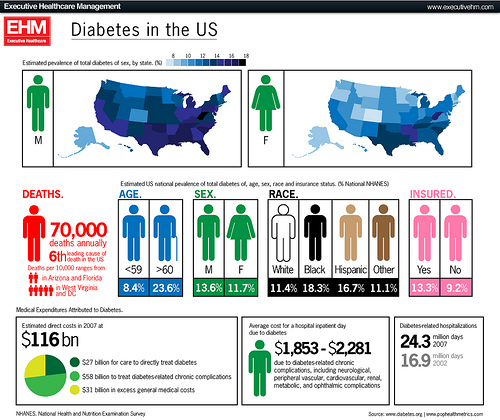Editor’s Note: This website is not designed to, and should not be construed to, provide medical advice, professional diagnosis, opinion or treatment to you or any other individual, and is not intended as a substitute for medical or professional care and treatment. For serious.
~
The Big Food Lie that Made Us Fat and Sick:
For decades, we aimed at the wrong target. Well-intentioned critics argued that fat makes you fat (duh!), so eating low-fat and fat-free foods logically seemed the pathway to become lean and healthy.
File this under the “catastrophically wrong, total miss” category.
You see, as low-fat fruit-on-the-bottom yogurt and fat-free cookie sales escalated, so did our waistlines.
Even in the midst of this fat-free frenzy, manufacturers faced one problem: When you remove the fat, you also remove flavor. Fat-free cookies taste like cardboard.
To remedy the flavorless problem, they added more sugar into these foods, especially as high-fructose corn syrup (HFCS).
Too enamored with having our (fat-free) cake and eating it, we were blind-sighted as increased amounts of sugar slipped through the back door. We became duped and misled as we got fatter, sicker and unhealthier.
Today, an average American eats about 152 pounds of sugar a year, or about 22 teaspoons a day. Couple that with 146 pounds of flour (that converts to sugar), and the average person eats a whopping pound of sugar every day. Little wonder that nearly 70 percent of Americans and 40 percent of kids are overweight.
We’ve also become sugar addicts. If you ever ate tasteless fat-free junk foods, you probably didn’t enjoy them, yet you kept reaching for another one…and another one… I had more than a few patients confess they ate the whole box even though they tasted terrible.
There’s a reason why: Sugar is eight times as addictive as cocaine. We’ve seen studies where researchers let rats choose between drugs and Oreos. Guess what they go after?
Over the past decade we’ve experienced a paradigm shift as sugar becomes public enemy number one. Tragic though overconsumption’s health consequences are, you can break this addictive, havoc-wreaking cycle in just 10 days. When my patients employ these seven strategies, they break that vicious cycle without boredom, deprivation, eating bland foods, or otherwise suffering.
- Eat real food. For 10 days, you want to ditch all sugar, including flour products and artificial sweeteners, as well as trans or hydrogenated fats, MSG (watch for hidden names), and ideally, grains. Avoid any foods that come in a box, package, can or that have a label. The easiest way to do that is stick with real, whole, fresh food.
- Eat enough protein. Protein, especially at breakfast, provides the key to balancing blood sugar and insulin and cutting cravings. Start the day with whole farm eggs or a protein shake. Eat nuts, seeds, eggs, fish, chicken, or grass-fed meat for protein at every meal. A serving size is four to six ounces, or the size of your palm.
- Choose your carbs wisely. You can eat as many non-starchy leafy and cruciferous veggies as you want. I’ve never met anyone who ate too many brussels sprouts or spinach!
- Edge out sugar with fat. Fat makes you full, balances your blood sugar and fuels your cells. Along with protein, have good fats at every meal and snack including nuts and seeds, extra virgin olive oil, coconut butter and avocados. Incorporate plenty of anti-inflammatory fats including chia seeds, freshly ground flax seeds, walnuts and wild-caught fish.
- Don’t let yourself get into a food emergency. I keep an Emergency Life Pack with me all the time, filled with protein, healthy fats and good snacks so I never have to make a bad choice. Mine includes nut butters and coconut butter, almonds, walnuts, pumpkin seeds, salmon jerky or turkey jerky, a can of wild salmon or sardines and unsweetened wild blueberries.
- Breathe deeply. I’m sure someone has told you to breathe when you’ve lost your cool. That’s sound advice whether you’re stressed out or about to eat a meal. Simply “Take Five“: Five slow deep breaths, in to the count of five, out to the count of five. Five times. That’s it.
- Sleep deeply. Sufficient sleep balances hormones to reduce hunger, cravings and overeating. Aim for eight hours of solid, uninterrupted sleep every night.
A wide arsenal of nutrients and lifestyle factors can help you balance blood sugar levels. What one strategy would you add to this list? Share your thoughts below or on my Facebook fan page.
~
Relephant Reads:
9 Ways to Curb Sugar Cravings
Are You Addicted to Sugar?
Love elephant and want to go steady?
Sign up for our (curated) daily and weekly newsletters!
Editor: Rachel Nussbaum
Photo: Flickr/GDS Infographics



Read 7 comments and reply